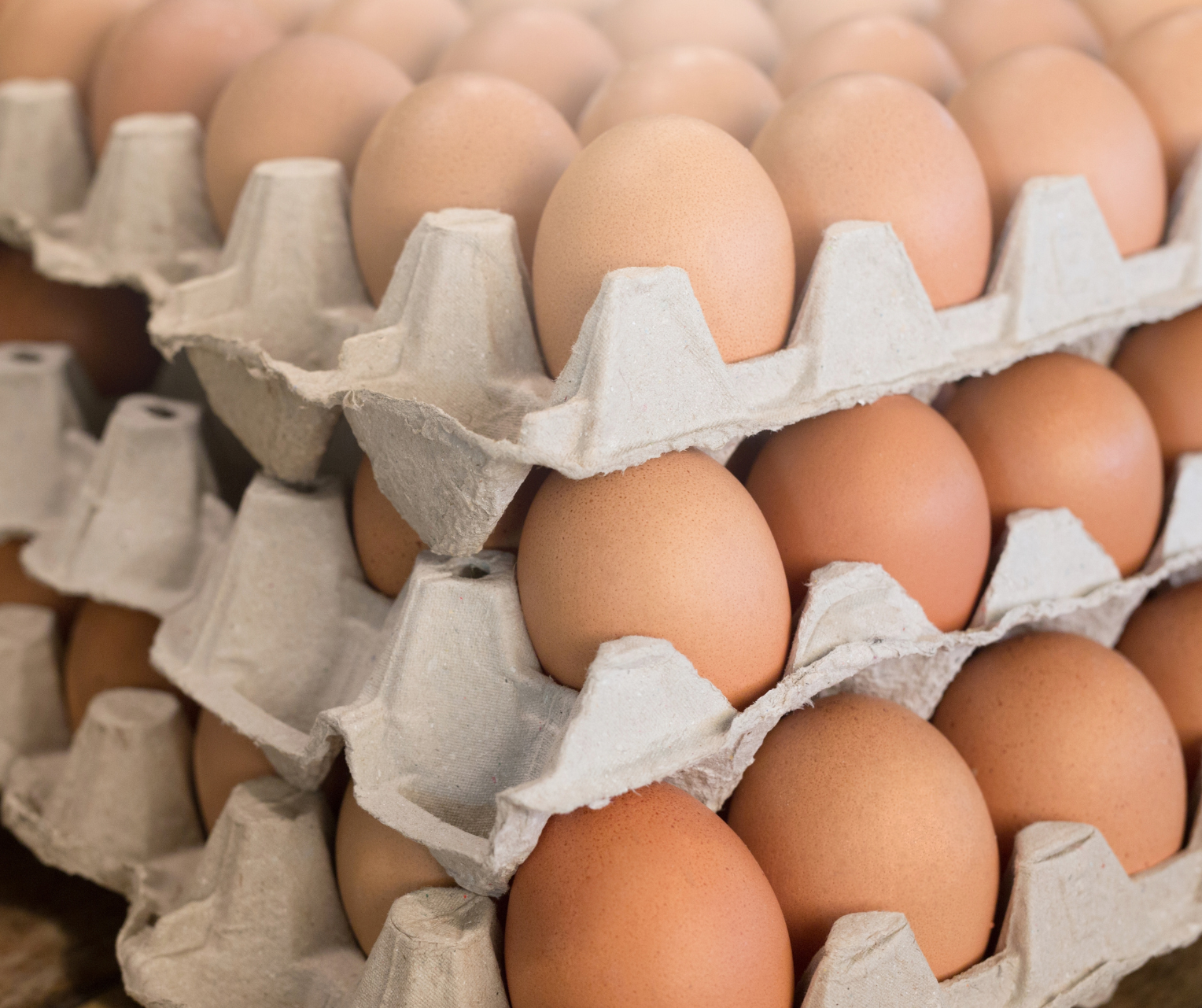Bird Flu, Egg Prices, and the Urban Journalism Disconnect
By Blake Hurst
I did an interview about bird flu for a television network called NewsNation. I know very little about chickens, almost nothing about bird flu, or H5N1 avian influenza, and I’ve only watched NewsNation one time. It was a marriage made in heaven.
I made the case that bird flu was a problem for my farm because I grow the corn and soybeans that the tens of millions of birds that have been lost to the disease would have eaten. I have no idea whether the shrinking poultry numbers have decreased the demand for feed by a measurable amount, but the booker wanted a story about how farmers are feeling pain, she had my number, and I’m always willing to talk about my pain.
I had done a few minutes of research about the subject, but the topics for which I had prepared never came up during the interview, which is, I’m sorry to say, often the case when urban journalists cover agriculture. There are lots of questions that the average consumer of eggs might have found interesting, but none of them were asked, and of course that average TV and cable interview feels like both the interviewer and the interviewee have a plane to catch. Our national attention span is about 30 seconds.
As far as I can tell, that’s the secret to President Trump’s success. He gives us a new subject to either applaud or worry about a dozen times a day.
So, here are the questions that might have been asked, because I don’t want to waste my 10 minutes of research.
Is my food safe? Well, sure, if you cook it. Bird flu is spreading to dairy herds, so it might be a good time to avoid raw milk, contrary to what our soon-to-be-confirmed Secretary of Health and Human Services says.
Are people going to get bird flu? They already are, but so far the instances of human-to-human spread are either very rare or nonexistent. It is the best guess of experts on communicable disease, as far as I can understand it, that the present strains of the flu don’t lend themselves to human-to-human transmission. If you aren’t in daily contact with birds or dairy cows, you should be fine.
Why don’t we just vaccinate chickens? There is a vaccine available, right? Well there is, but there are problems. So far, the vaccine can’t be given through the chickens’ feed or water. If you’ve ever tried to get a brooding hen off of your breakfast—a nest of eggs–you can imagine the challenge of giving millions of chickens a shot. The people traveling around administering the shots are an efficient vector of transmitting the disease, so manually giving the vaccine has dangers of its own. Export markets won’t accept vaccinated poultry products. Not only that, but the vaccines are of a kind that makes MAGA lose sleep, and it took some very pointed questioning to get our soon-to-be-confirmed Secretary of HHS to begrudgingly admit that the FDA under his control might be okay with saving the lives of millions of chickens.
How are we going to fix this? Absent a vaccine deliverable in water or feed, which is and will be a focus of research, we have to get better at biosecurity. Chicken barns need to be farther apart. Barns need to be rodent- and bird-tight. Air going into and out of the barns needs to be filtered. As it turns out, the solution to the problem is exactly the kind of farming that our soon-to-be-confirmed Secretary of HHS finds so distasteful. You may have noticed a trend here.
Finally, I did try to make one point during the interview that I hope a few members of the audience understood. The lead-in to my interview was a report from a grocery store about the increase in the price of eggs, which has been as much as 60% in just the past few weeks. I tried to explain to the people watching that the demand for food is inelastic, meaning a small cut in the production of food will lead to a large increase in prices. Take away the tools that farmers need to produce the yearly increase in yields that we’ve come to expect, and the price increase will be much greater in percentage terms than the drop in production.
Eggs are the perfect example of what can happen. Requirements for chicken housing in California have meant that even at these high prices, Californians are paying $2/dozen more for eggs than the rest of the country.
The price of eggs is a huge story. They are a staple of many Americans’ diets, and of course people who are struggling financially spend a much greater portion of their income on food than do the more well-off. I’ve seen any number of articles and opinion pieces poking fun at the idea the price of eggs makes a difference in how people vote or feel about their lives, but to hold that opinion is to exhibit a really nasty kind of entitlement.
Bird flu is a big story. It should be getting more and better coverage than it is.
—————————————–
Blake Hurst is a farmer and greenhouse grower in Missouri. He also served as a member of Stratovation Group’s Board of Advisors.

